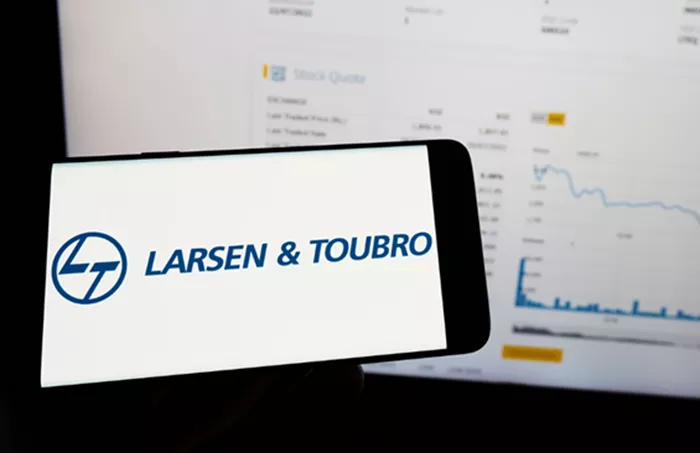Larsen & Toubro Ltd. (L&T) is set to invest over $300 million to establish a new chip company, joining a growing list of Indian conglomerates aiming to enhance the country’s semiconductor industry. This investment marks a significant step in India’s push to bolster its semiconductor capabilities and reduce reliance on costly imports.
Plans for a Fabless Semiconductor Company
The diversified tech and construction giant plans to allocate the funds over the next three years to create a fabless semiconductor company. This entity will specialize in designing and selling semiconductors while outsourcing production. According to Sandeep Kumar, head of L&T Semiconductor Technologies, the company aims to develop 15 new products by the end of this year and initiate sales by 2027.
Strategic Context and Market Dynamics
The move aligns with a broader trend among global and local companies seeking to capitalize on India’s efforts to build domestic semiconductor capacity amid rising import costs and geopolitical tensions. As relations between Beijing and Washington become increasingly strained, electronics manufacturers, including chipmakers, are diversifying their operations beyond China and Taiwan. India is emerging as a key beneficiary of this shift.
Focus Areas and Market Potential
While L&T’s investment is relatively modest compared to the expenditures of leading fabless chipmakers such as Nvidia Corp. and Advanced Micro Devices Inc., the Indian company’s focus will be on developing products like power chips, radio-frequency semiconductors, and mixed-signal integrated circuits. These areas are distinct from high-profile sectors like AI-driven graphics processing units. Kumar highlighted the strategic focus on automotive, industrial, and energy sectors, noting their significant transformations and the opportunity for L&T to compete effectively. “These sectors are experiencing substantial changes, providing room for us to compete and capture market share,” he stated.
Global Semiconductor Trends
The semiconductor sector has become increasingly vital globally, particularly as the US-China trade conflict exacerbates the cost of chip imports. Countries including the US, Germany, Japan, and Singapore are ramping up domestic chip production to secure supplies for critical technologies ranging from artificial intelligence to electric vehicles.
Growth Plans and Government Support
Currently, L&T Semiconductor Technologies employs approximately 250 people, primarily chip designers. The company plans to double this workforce by the end of 2024. Although it has sought government support for chip design subsidies or incentives for large companies, it does not plan to seek external funding beyond the L&T group.
Government Initiatives and Future Prospects
Prime Minister Narendra Modi’s administration has launched a $10 billion initiative to attract chipmakers and suppliers to India. This program has already prompted Tata Group to establish the country’s first major chip factory and led US memory manufacturer Micron Technology Inc. to set up a $2.75 billion assembly plant in Gujarat. Additionally, the Adani Group is collaborating with an Israeli partner to build a chip manufacturing plant. India remains open to expanding its $10 billion semiconductor fund, according to the head of a state agency responsible for approving chip project funding.
Conclusion
Larsen & Toubro’s substantial investment in the semiconductor sector underscores India’s growing importance in the global chip market. As the country enhances its domestic semiconductor capabilities and navigates geopolitical uncertainties, L&T’s venture represents a significant commitment to advancing India’s technological and industrial landscape. The ongoing support from the Indian government and the strategic positioning of key players suggest a promising future for the nation’s semiconductor industry.
Related Topics:

